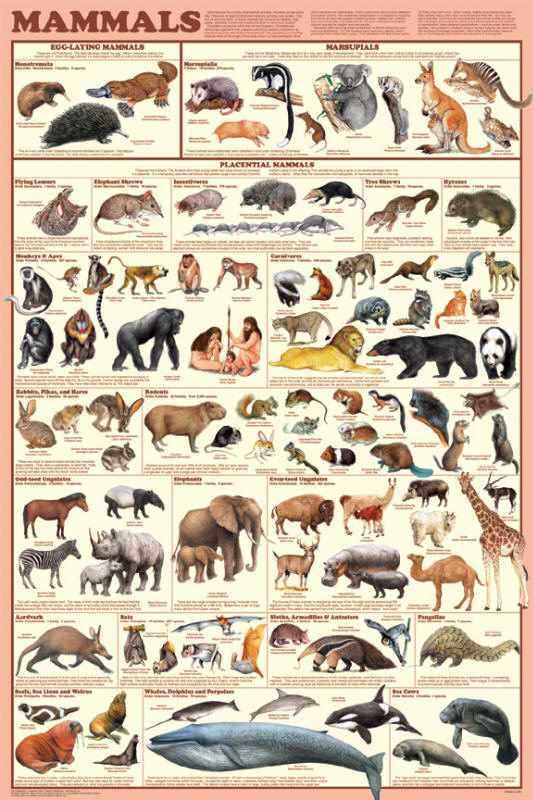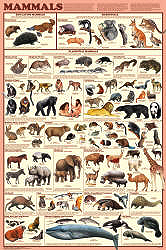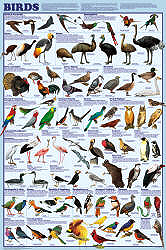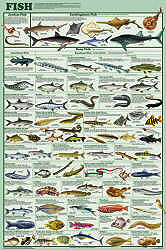| Mammal Orders | ||||||||
|
|
||||||||
|
A151 Mammal Orders This is a truly beautiful poster that s cherished by animal lovers, but it's also an extremely useful educational tool, as it provides a comprehensive overview of the subject. It is divided into three sections, one for each type of mammal: the egg-laying monotremes, the pouched marsupials and the familiar placental mammals. The latter is divided into 10 sub-sections, one for of the orders. Superb, highly detailed illustrations show 98 representative animals including everything from the aardvark to the zebra. This poster is an excellent way to introduce young children to a great many animals. However it outstand organization and presentation make it an invaluable reference chart of teachers, students and professional involved or interested in zoology, comparative anatomy and taxonomy, the naming and classification of life forms. |
||||||||
|
||||||||
|
Vertebrate Orders |
||||||||
This is one of the four posters in our
vertebrate orders set. They provides a comprehensive
overview of the living vertebrates. Animal life is now
undergoing the transition from the Linnaeus classification
system to the new cladistic classification system. Birds
have been reclassified under the new system. There have been
many systems proposed for the other animals, but none has
been widely accepted. This required that the posters present
the animals in the context of their existing Linnaeus
orders. Each of these posters present all of the orders
within the group. There are so many marsupials and
cartilaginous fish that they are presented as super orders.
|
||||||||
|
|
||||||||




